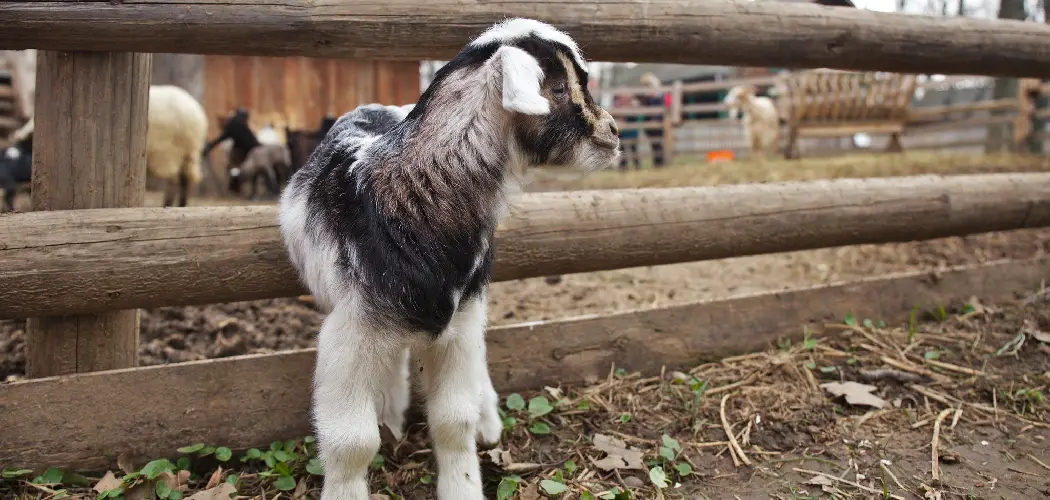Do you own goats and would like to keep them secure within your property or garden? Building a sturdy fence is the best way to accomplish this; however, it can be difficult to know where to start. Don’t worry – we have all the answers!
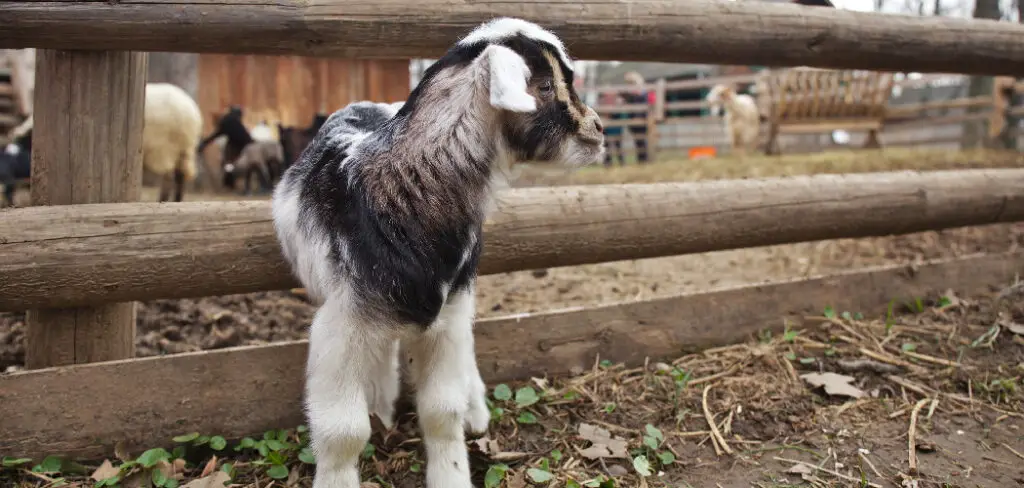
Our post on how to build fence for goats will guide you through the process of building an effective fence for your goats that not only provides adequate security but also doesn’t break the bank. With these helpful tips, fencing your animals has never been easier!
Advantages of Having a Fence for Your Goats
Fencing your goats brings many benefits, including:
- Keeping Your Goats Safe From Predators.
- Preventing Them From Wandering Off and Getting Lost.
- Protecting Your Property by Keeping the Goats Contained in Designated Areas.
- Reducing Potential Conflicts With Neighbors or Other Animals.
- Providing a Safe Environment for Your Goats to Graze and Play.
Needed Materials
Before we begin, here are the materials you will need to build a fence for your goats:
- Fence Posts (Metal T-posts or Wooden Posts)
- Fencing Wire or Mesh
- Post Hole Digger
- Wire Cutters
- Hammer and Nails or Fencing Staples
- Brace Wire
- Electric Fencing (Optional)
- Gate (Optional)
With these materials, you will be well on your way to building a safe and secure fence for your goats.
10 Step-by-step Guidelines on How to Build Fence for Goats
Step 1: Plan the Layout of Your Fence
Decide on the size and shape, as well as where you want to place gates for access. It is recommended to have at least four feet of fence height to contain goats effectively. But this may vary depending on the size and breed of your goats. You can also consider using electric fencing for added security. It is advisable to consult with a professional to determine the best layout for your specific property and goats.
Step 2: Prepare Your Land
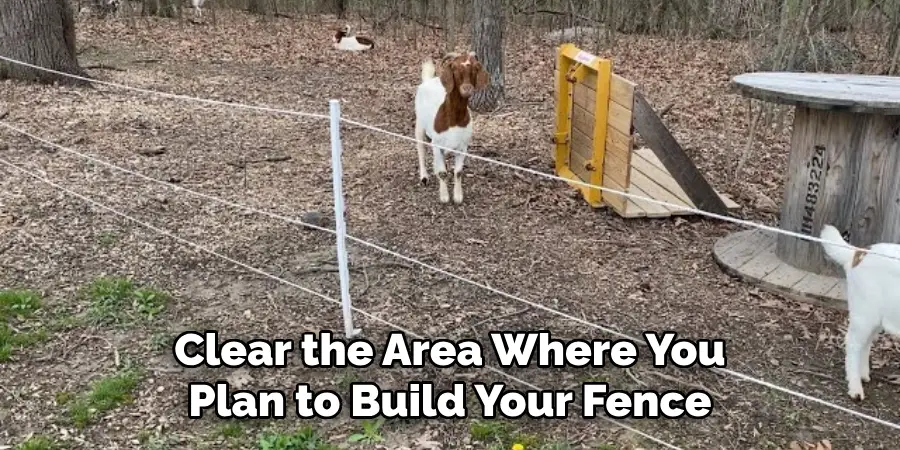
Clear the area where you plan to build your fence of any debris or vegetation that may interfere with the construction process. It is essential to have a flat, even surface for the fence to be properly installed. But, if the land is uneven, you can adjust your fence accordingly. You can also remove any large rocks or obstacles that may hinder fence placement. This step will ensure a smooth fence-building process.
Step 3: Dig Post Holes
Using a post-hole digger, dig a holes for your fence posts at least three feet deep and six to eight feet apart. For electric fencing, make sure to dig a deeper hole for your grounding rod. It is crucial to have evenly spaced posts to ensure the stability and strength of your fence. You can use a measuring tape or mark the desired distance on your digging tool to maintain consistency. It is also advisable to call your local utility company before digging to avoid any underground wires or pipes.
Step 4: Install Fence Posts
Place the posts in the holes and fill them with soil or concrete to secure them in place. Make sure they are straight and sturdy. It is also essential to have corner posts and brace posts for added support. For wooden posts, make sure to use treated lumber to prevent rotting from exposure to the elements.
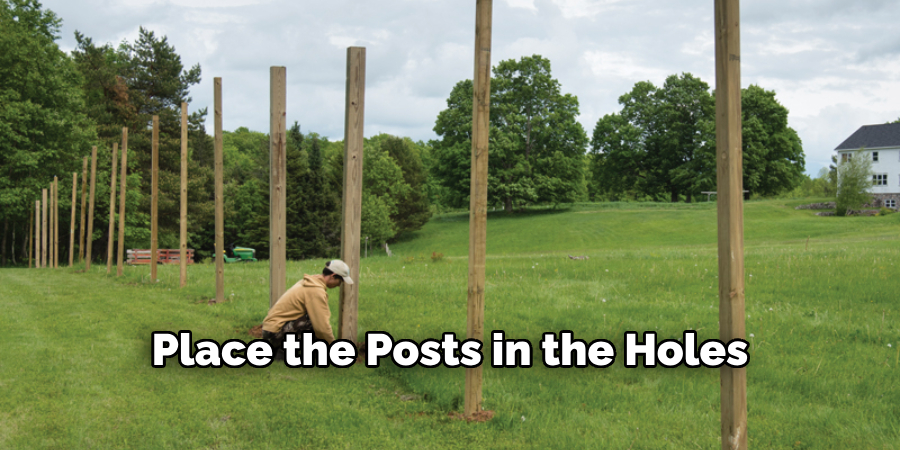
Step 5: Attach Fencing Wire
Using wire cutters, attach the fencing wire or mesh to the posts. Make sure to pull it tight and secure it with nails or staples. You can also add electric fencing at this step if desired. But make sure to follow the manufacturer’s instructions carefully. It is recommended to have a height of at least four feet for the fence to contain goats effectively. You can also add a strand of barbed wire near the top for added security.
Step 6: Install Gates
If you plan to have gates for easy access, install them now. Make sure they are secure and sturdy enough to withstand the weight of your goats pushing against them. Otherwise, you can create a simple gate using fencing wire and wooden posts. This step is optional, but it can make managing your goats much more manageable.
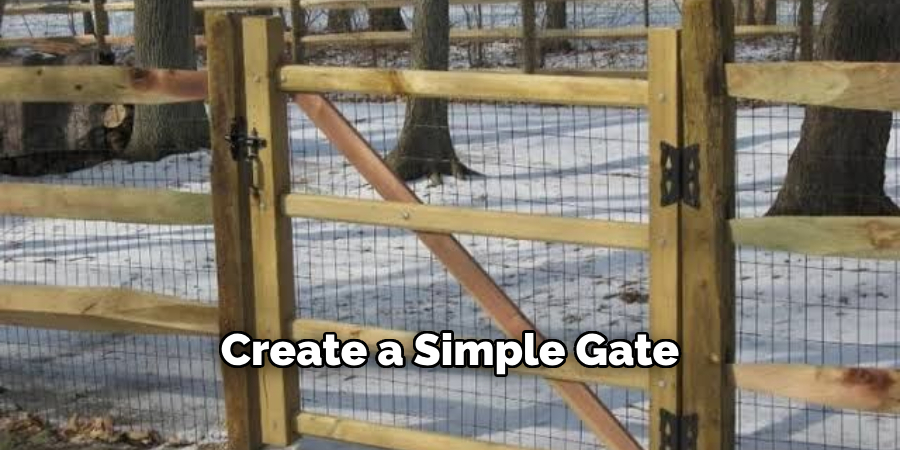
Step 6: Add a Top Wire
For added security, consider adding a top wire to your fence. This will prevent goats from jumping over the fence. It can also help keep predators out. Make sure to attach the top wire securely and maintain a good level of tension.
You can also use a plastic sleeve to prevent the wire from sagging. But make sure it is not too tight to avoid injury to the goats. Otherwise, you can also use a wooden rail instead of a wire. It should be at least six inches above the top of your fence.
Step 7: Install Brace Wires
To keep your fence posts sturdy and prevent them from leaning, install brace wires diagonally across the corners of your fence. You can also add a brace post for added support. This step is crucial, especially if your fence will be subject to strong winds or pressure from your goats.
Although optional, it can significantly increase the longevity of your fence. It is recommended to use high-tensile wire for added strength.
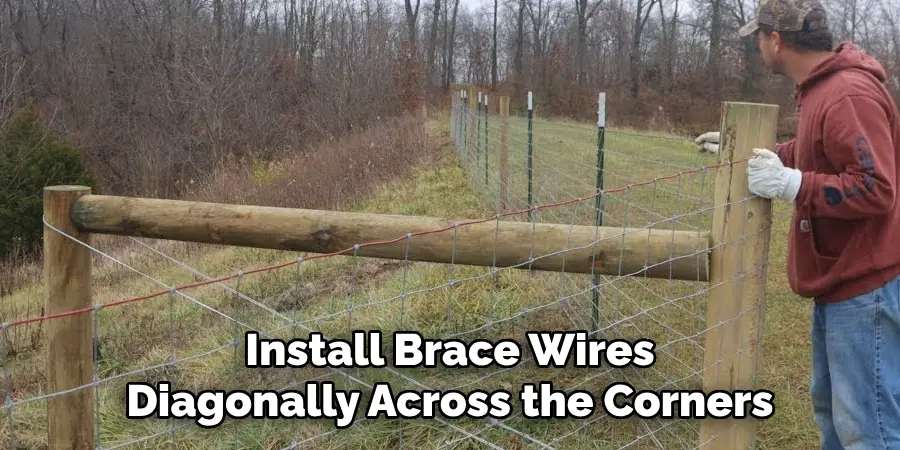
Step 8: Add Electric Fencing (Optional)
If you choose to use electric fencing, attach it to the posts and make sure to test its effectiveness before allowing your goats near it. You can also use warning signs to alert others of the electric fencing. It is essential to maintain and test the fence regularly to ensure its functionality.
You can also use an electric fence tester for added convenience. It is recommended to consult with a professional before installing electric fencing. But if properly installed and maintained, it can be an effective deterrent for predators and keep your goats contained in designated areas.
Step 9: Install a Gate (Optional)
For easy access, consider installing a gate in your fence. Make sure it is secure and easy to open and close. It is also essential to prevent gaps between the gate and the fence to prevent your goats from escaping.
You can also add a latch or lock for added security. You can also make a gate using fencing wire and wooden posts if you prefer. It is recommended to space gates evenly throughout your fence.
Step 10: Regular Maintenance
Regularly check your fence for any damages or loose wires and make necessary repairs to ensure the safety of your goats. But with proper installation and maintenance, your fence can last for many years.
It is also essential to keep vegetation and debris away from the fence to prevent damage. You can also periodically check the tension of the wires and adjust if needed. This will ensure the effectiveness of your fence in containing your goats.
Following these steps on how to build fence for goats will help you build a sturdy and effective fence for your goats. Remember to consider your specific needs and consult with professionals if needed. With proper care and maintenance, your fence can provide security and peace of mind for both you and your goats. Happy fencing!
Tips for Maintaining Your Goat Fence
- Regularly Check for Any Damage or Weak Spots in the Fence.
- Trim Any Vegetation That May Grow Near or on the Fence to Prevent Goats From Using It as a Boost to Jump Over.
- Check and Maintain Electric Fencing Regularly.
- Consider Adding a Perimeter Fence Around the Entire Property to Prevent Goats From Escaping.
Frequently Asked Questions
Q1: What Type of Fencing is Best for Goats?
A: Generally, woven wire fences or mesh fences are most suitable for containing goats. It is essential to choose a fence with small enough gaps that goats cannot escape or get stuck in. But, depending on your location and terrain, electric fencing may also work well.
Q2: How High Should a Fence Be for Goats?
A: At least four feet high is recommended, but this can vary depending on the size and breed of your goats.
Q3: Do I Need to Use Electric Fencing?
A: No, electric fencing is not necessary, but it may provide added security. You should also check with your local regulations before installing electric fencing.
Q4: How Often Should I Check My Goat Fence?
A: It is important to regularly inspect your fence for any damage or weak spots. Depending on the terrain and weather conditions, this could range from weekly to monthly checks. It is also recommended to check the electric fencing regularly.
Conclusion
All in all, building a fence for your goats is not a simple job. It will require a lot of effort and determination on your part to make sure everything is done properly and safely. But once it’s finished, you and your goat pals will have a secure, comfortable home that they can explore and thrive in!
Gathering materials, measuring the space, framing the foundation, stretching mesh or wire, burying posts deep into the ground – all of these are essential parts of the process that cannot be skipped or rushed through if you want to ensure success.
So if you’re ready to dive into this exciting DIY project and build a fence for your goats, now is as good a time as any! Don’t wait. until tomorrow – seize today and create something beautiful for your goat friends! Thanks for reading this article on how to build fence for goats.d create something beautiful for your goat friends! Thanks for reading this article on how to build fence for goats.

